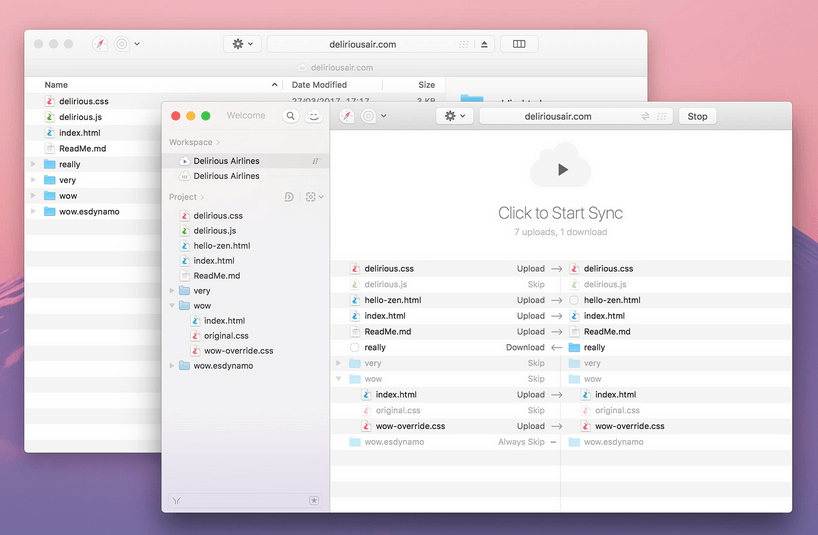

all the buttons in the "files" group interact with the file picker in some wayĮxtra plugins (for example the contributed plugin 'Font color') may be added (once installed) by typing the toolbarconfig term into the toolbar config table.
#What is the default text editor for mac how to
The reason there are names for the groups is that it helps to make you think about how to group the buttons sensibly and not just stick new buttons in random locations. The exact word to insert here for each button is listed in the "Toolbar config" column above. The list of buttons says which button goes in which group and in what order. The group names on the left have no effect on how the toolbar works they just need to be different for each button (and no spaces please). The toolbar is split into groups of related buttons. The administrator can specify which plugins to display and in which order from Administration > Site administration > Plugins > Text editors > Atto HTML editor > Atto toolbar settings. Source: Jason 1keddie, Royal Roads University (Creative Commons Attribution-ShareAlike) Site administration settings Toolbar settings Reset zoom (not specific to the editor, but very useful) Zoom out (not specific to the editor, but very useful) Zoom in (not specific to the editor, but very useful) Select from the cursor to the end of the page Select from the cursor to the beginning of the page Undo (careful - can undo a lot of text and doesn't always work) Note that for many of these commands to work you need to either click in the text editor or select content in the text editor. The following keyboard shortcuts will work in the Atto text editor in most browsers. If the administrator has enabled the extra settings for the Atto table editor (see below) then border styling, sizing and colours are available when creating a table: If either the MathJax or the TeX notation filters are enabled (in Administration > Site administration > Plugins > Filters > Manage filters) then an equation editor button is provided in the toolbar for launching the equation editor. is it bold), as well as a listing of any images or links in the text. The screen reader helper provides additional information about the currently selected text (e.g. Screen readers basically treat a content editable region like a text box - which is wrong, because it can contain images, links and more.

Many of these icons and functions should be familiar to anyone who uses a word processor. It might be simpler to create the symlink in /usr/local/bin which is usually included in PATH.The Atto text editor (sometimes referred to as the 'HTML editor') has many icons to assist the user in entering content. Have you modified your shell PATH environment variable to include ~/bin? That directory is usually not included in PATH by default on OS X. You could probably Google for your text editor's name + "LSHandlerContentType=ain-text" to figure out what your app's string would be.įor me, this changed the defaults for both Finder, and $ open ~/.bashrc The best way to do this is in Bash (for Sublime Text 3): defaults write LSHandlers -array-add ''įor other text editors, I assume you can replace 'com.sublimetext.3' with the proper string. If you're a developer, your files likely include. The method through Finder is not practical. "Get Info" -> "Open with:" -> (Select TextMate) -> "Change All" Just right (or control) click a file of the type you want to change and:


 0 kommentar(er)
0 kommentar(er)
